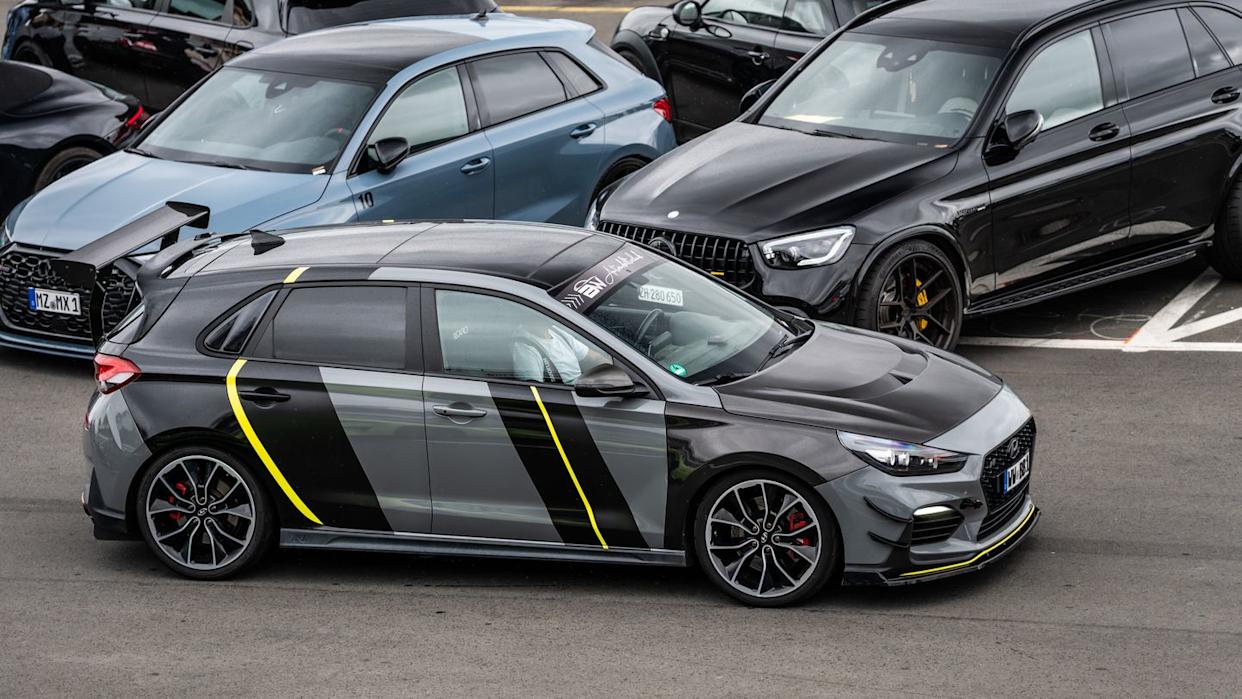
General Motors and Hyundai plan to co-develop five new vehicles by 2028 for several regions within the Americas.
The roster will include two pickups, a compact crossover, a car for Central and South America, and a new electric commercial van aimed at North America.
The focus on Central and South America is occurring just as Chinese automakers are poised to quickly gain market share in the region.
Last September Hyundai and General Motors revealed plans for a possible collaboration on vehicles and clean energy technologies.
And now, a year later, the broad outlines of this collaboration are being detailed, with the two auto giants revealing plans to co-develop five vehicles with the first to launch in 2028.
But most of their planned vehicles aren't going to be seen at your local dealerships.
Four of the models will be aimed entirely at Central and South American markets and will include two pickups, a compact crossover, and a car of undetermined size, with hybrid and ICE powertrains promised. Projected volume is at least 800,000 vehicles a year at full production.
At this point it would be easy to write off this purely as an effort for developing markets, but one of the models will make it stateside, and it will be an electric commercial van.
This is curious for a few reasons, including the fact that Chevrolet currently offers the BrightDrop vans to commercial buyers, and also because Hyundai Motor Group (HMG) has recently moved into electric purpose-built vehicles (PBVs) via its Kia brand.
But the planned electric van itself will be built in North America starting in 2028, Hyundai noted.
Tariffs Will Come Into Play
"GM will lead the development of the midsize truck platform, while Hyundai will lead on the compact vehicle and electric van," Hyundai said in a statement.
Does this mean Chevy is already moving toward a second-generation BrightDrop van?
On the other vehicles, the two automakers plan to share platforms but will create unique exteriors and interiors. So these won't be low-effort badge-engineering specials for developing markets.
"Hyundai's strategic collaboration with GM will help us continue to deliver value and choice to our customers across multiple vehicle segments and markets," said José Muñoz, President and CEO of Hyundai Motor Company.
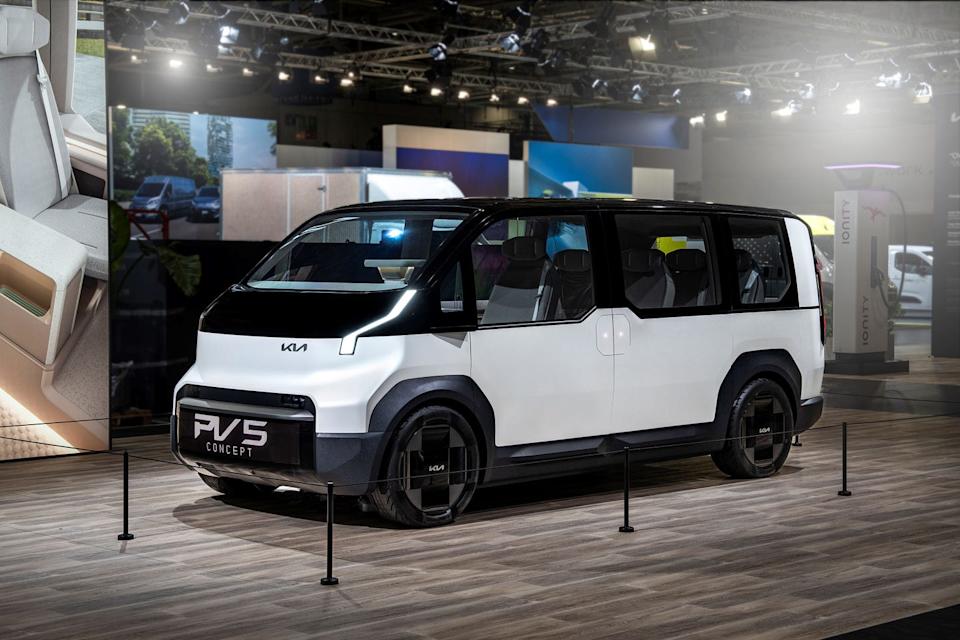
Given the current and perhaps future tariff situation, we wouldn't bet on seeing any of the four others offered stateside, as tempting as it would be for GM to throw some incredibly affordable commuter cars at the buying public, at a time when few are available.
Perhaps the biggest question with this collaboration is why GM needs Hyundai, and vice versa, for electric commercial vans. Both have recently offered such models.
Perhaps the projected demand now dictates shared development costs for second generations of these commercial vans, after the lukewarm reception BrightDrop received stateside.
Commercial EV Van Market Imploding
The commercial EV van market has also been one of the greatest disappointments for automakers and startups alike this decade, a fact which has been underreported at times, even as it was clear as BrightDrop was being folded into Chevy and as countless startups with unique designs imploded.
The wider implication of this partnership, however, is to share development costs for vehicles in Central and South American markets, where Chinese automakers are gaining traction.
"By partnering together, GM and Hyundai will bring more choice to our customers faster, and at lower cost.
"These first co-developed vehicles clearly demonstrate how GM and Hyundai will leverage our complementary strengths and combined scale," said Shilpan Amin, GM senior VP and global chief procurement and supply chain officer.
The partnership, therefore, could be aimed at a time in the more distant future when GM and Hyundai will face even more pressure from Chinese automakers in these regions, while introducing needed changes to GM's commercial EV platform.
Should GM offer more lower-cost trucks and EVs in the US, or will such efforts continue to yield slim profit margins? Let us know what you think in the comments below.
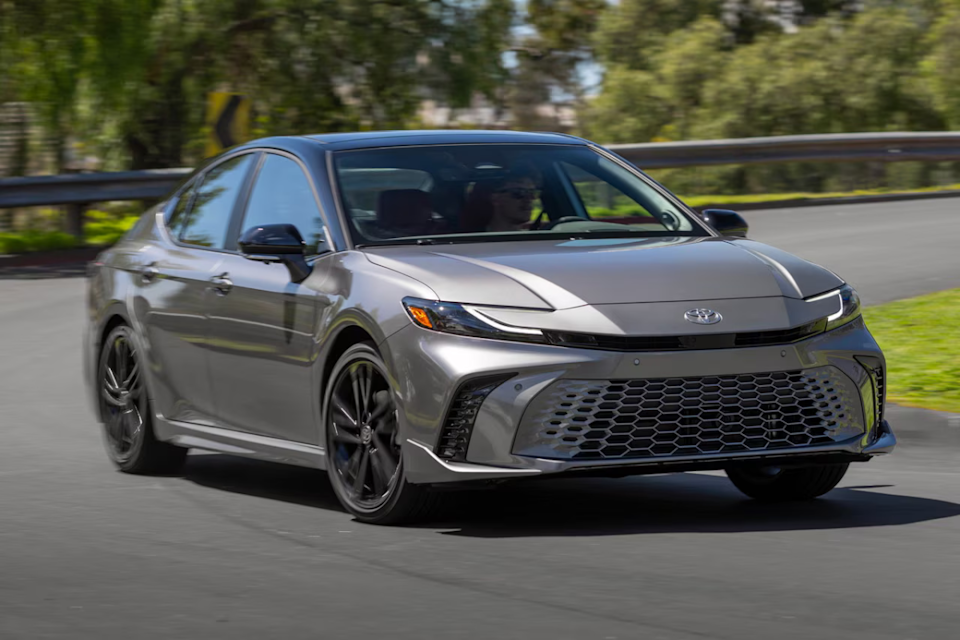
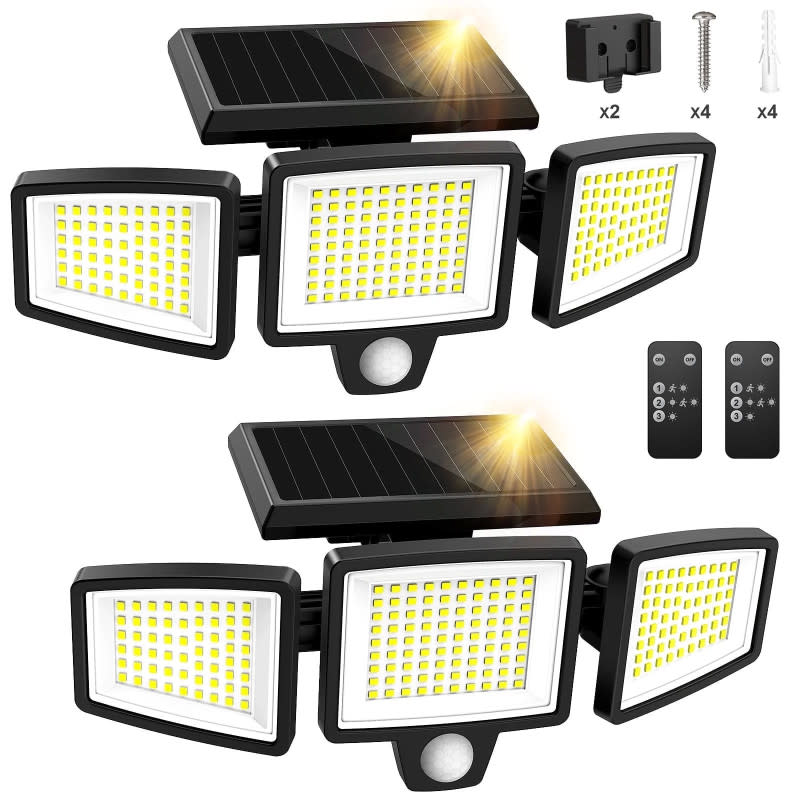
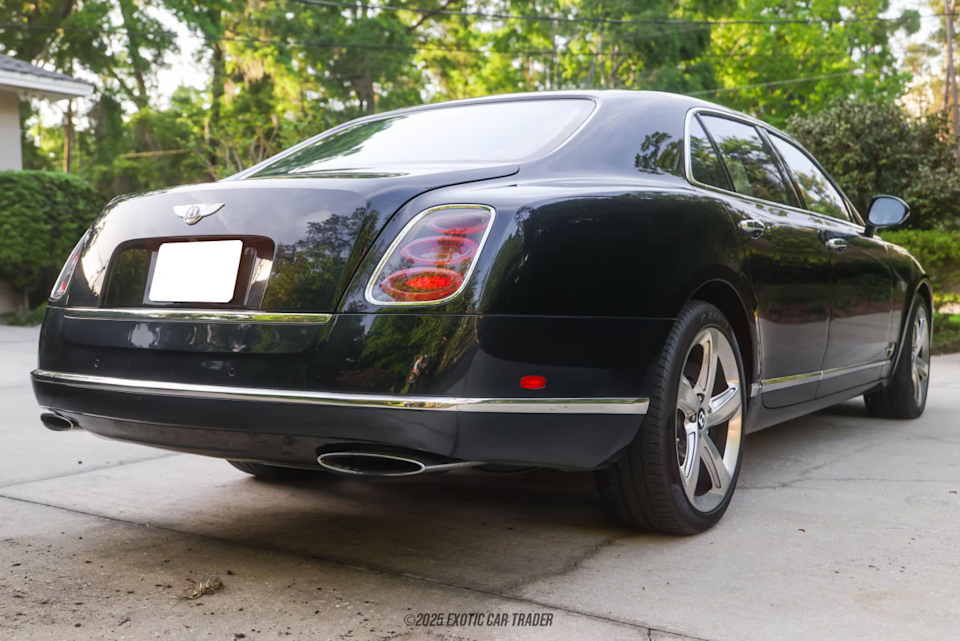


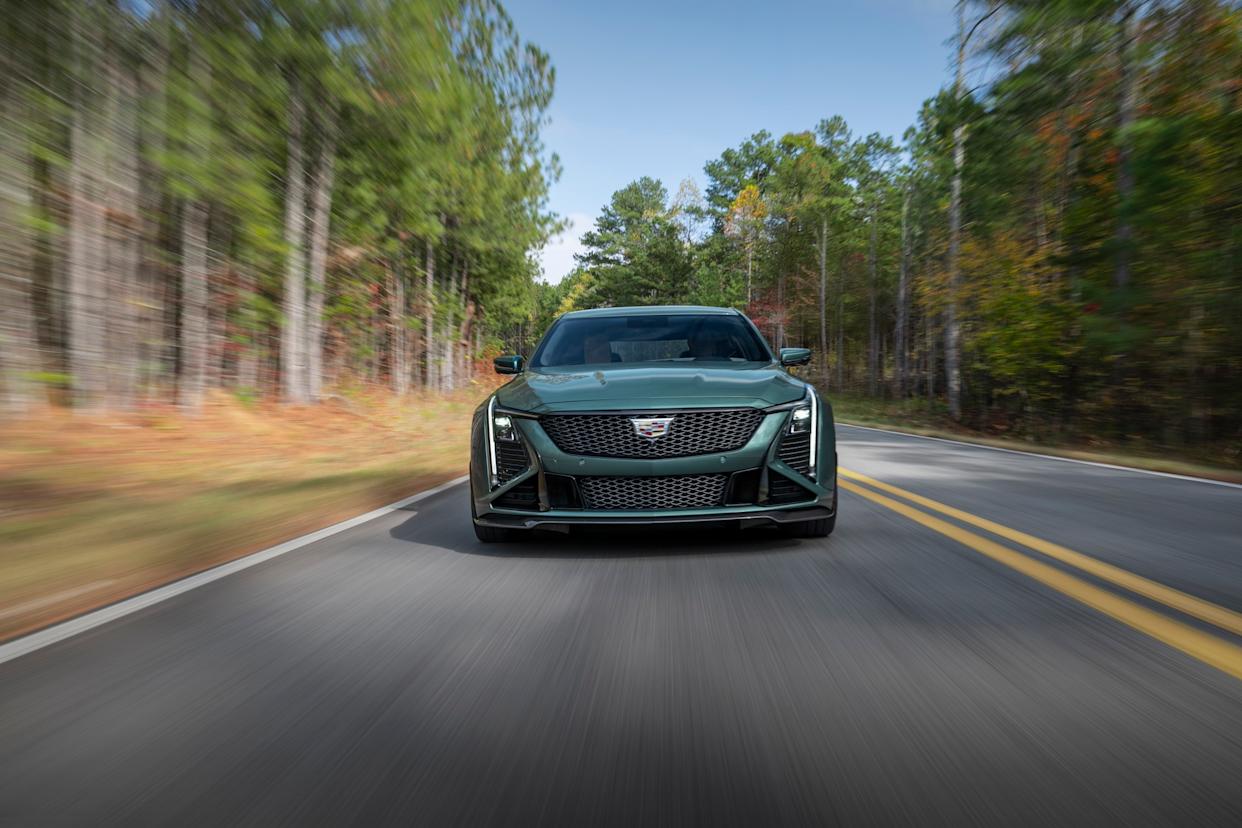

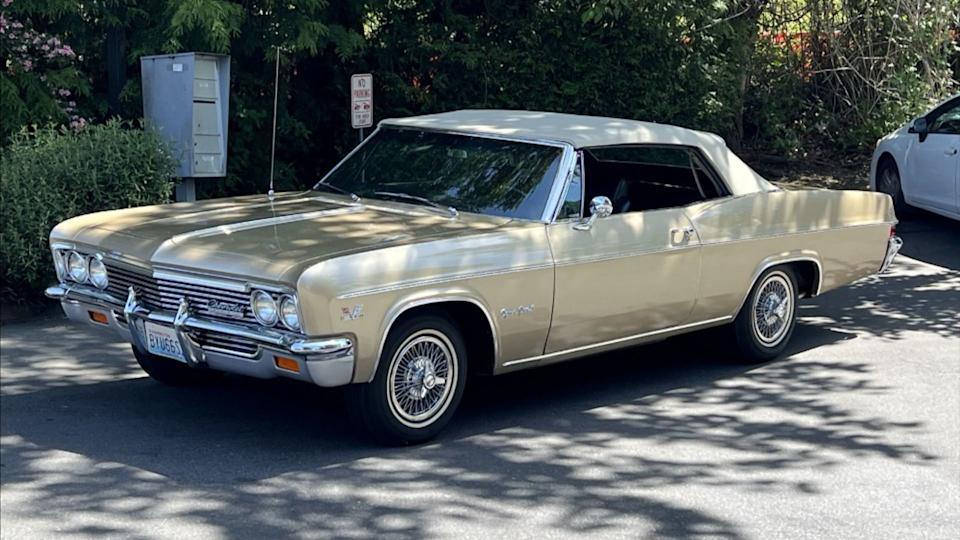
Comments